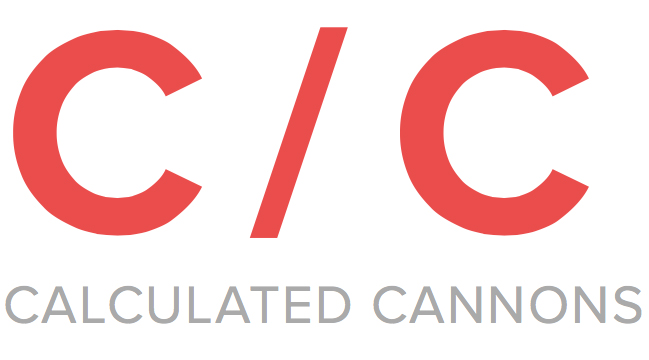In Bolivia I spent significant time at around 14,000 ft. It was wonderful, refreshing and sure as hell made my lugs feel amazing when I got back to NYC. In India I spent some time up around 17,000 ft (by motorcycle) and it was also amazing.
So on somewhat of a whim, after booking a small shoot in Tanzania, I decided I'd stay and give Kilimanjaro a go (with a top altitude of 19,000+). The only sang was that it was the low season. I decided to go somewhat last minute and didn't have a lot of time to do research, but from what I did read, everyone said "DON'T GO IN APRIL. IT'S THE RAINY SEASON. WE DO NOT ADVISE HIKING IN THE LOW SEASON."
Don't get me wrong, I hate cold rain, but I also hate crowds, so I decided to go for it. I was recommended a local guide, Emmanuel Motto, by a friend that spent some time in Tanzania. I couldn't bring everything I needed for the trek, since my bags were already filled with camera gear, but Emmanuel was able to hook up the missing gear. The number one element that is going to effect your experience on Kilimanjaro is your guide / company. By park rule, you have to have a guide with you, and the quality of care, safely, meals, and treatment of any additional support crew will come down to who you hire. I was extremely happy with Emmanuel and his company Origin Trails, and would highly suggest them if you are looking for a more catered hiking experience. Emmanual was so incredibly responsive to all my crazy filming request and detours. Check them out @ www.origintrails.co.tz
Since there is so much already written about hiking Kilimanjaro, I'm going to only add a few things:
1. You can 100% hike Kilimanjaro in the low season (April, May & November). If you are lucky, you won't see a drop of rain (like I did). If you aren't lucky, you'll get poured on, but at least you won't be sharing the summit with a hundred people.
2. Even the busiest routes are nearly deserted in the low season. Every night I had a hut to myself, including a 11 room bunk at Kibo camp. I don't know about you, but I love the outdoors for the quietness and isolation. I spent 3 hours on the top of Kilimanjaro, and didn't see another sole. I took a short nap under the "highest point" marker, while in the high season I heard you have to wait in line to get your photo with the sign. In my opinion, the risk of rain and nasty whether, is much preferred to packed trails.
3. You absolutely do NOT need to leave for the summit at midnight. While this is considered "traditional," you can also leave at 5am. While you won't get to summit for sunrise, it will let you get more sleep.
4. Protect your lips and skin from the intense sun. Before we reached the summit, it snowed. It was beautiful, but also created some of the most intense sun exposure I have ever experienced.
5. If you are an avid hiker, the biggest challenge of Kili is the Altitude, not the hiking. In fact I was a little disappointed by the lack of skilled needed. I found even at the rim, nothing was more technical then what I can hike 2 hours outside NYC. However, when the altitude starts to get to you, it is nice to not be in danger of falling off any cliffs.
6. Be careful what you eat as you get higher up the mountain. I was handling the altitude extremely well. After getting to Kibo camp (15,500 ft), I was out doing rock scrambles and having a blast. I had a pretty hearty dinner, and went to bed. I woke up around midnight with a belly full of fire. I tossed and turned and finally got a little more sleep before leaving for the summit at 5am. By the time I reached the rim, my stomach was in knots. My head was fine. My breathing was fine. My energy was fine, but boy did my stomach hurt. I powered through it, reached the summit, but the hike back down to Kibo was terrible. After a short nap at Kibo, I was feeling better, but there was a minute where I imagined needing to be taken down by stretcher!














